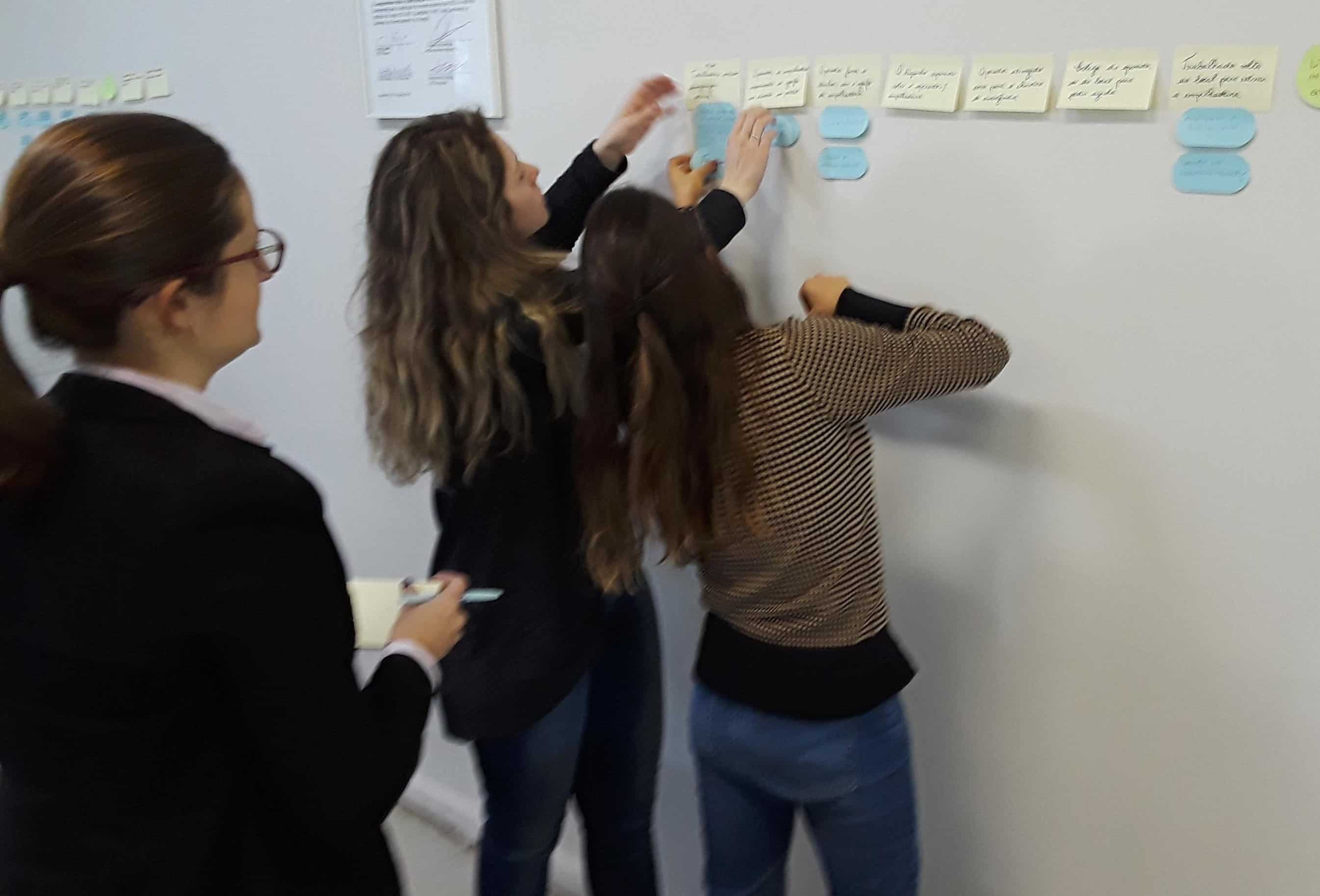Dealing with Difficult People: A Root Cause Approach for EHSQ Professionals

If you work in Environment, Health, Safety, and Quality (EHSQ), you’ve likely encountered difficult people—employees who resist safety protocols, supervisors who dismiss concerns, or even executives who prioritize production over compliance. While these interactions can be frustrating, handling them effectively is essential for maintaining workplace safety and operational success.
When faced with difficult individuals, it’s common to blame their actions on their character, especially if the behavior is consistent. This tendency is influenced by a cognitive bias called the fundamental attribution error. We often jump to the conclusion that someone’s behavior reflects their personality, failing to consider the situational factors that may be influencing their actions.
Rather than treating difficult people as obstacles, EHSQ professionals can use a Root Cause Analysis (RCA) approach to understand why they behave the way they do and develop strategies to address their concerns. Instead of asking, “Why is this person so difficult?” ask, “What’s causing this behavior, and how can we resolve it?”
Understanding the Root Causes of Difficult Behavior
Using TapRooT® RCA, we know that problems—including interpersonal conflicts—have deeper causes. Difficult behavior is often a symptom of underlying issues rather than a personal flaw. Some of the most common root causes of difficult interactions in the workplace include:
Lack of Understanding
Conflicting Priorities
Previous Experiences
Poor Communication
Emotional Responses
- An employee may resist safety rules because they don’t fully understand the risks.
- A supervisor pushing back on safety measures may be under intense pressure to meet production goals.
- A worker who seems defensive may have been blamed or punished in previous safety investigations.
- Misunderstandings, unclear expectations, or abrupt delivery of feedback can create tension.
- Stress, frustration, or fear of change can make people resistant or uncooperative.
Rather than reacting emotionally, approach difficult interactions like an investigator. Gather facts, listen actively, and look for systemic issues driving the behavior.
Behavior is a Symptom, Not the Root Cause
As an educator in collegiate-level sociology and lifespan development, I emphasize that behavior often captures attention, but it’s rarely the true issue. When people act out—whether through outbursts, disgruntlement, or blatant non-conformance—it’s usually a sign of a deeper underlying concern.
For instance, workers resisting a new safety rule may feel unheard, overwhelmed, or insecure about their ability to comply. A manager pushing back against an incident investigation might be influenced by past experiences where reporting led to blame rather than solutions. Similarly, a team member displaying frustration may not be reacting to the immediate situation but dealing with personal or workplace stressors that amplify their reactivity.
By understanding these deeper motivations, we can foster more effective communication and work toward resolving the root cause of the behavior.
When a negative display occurs, it’s time to pause. Instead of reacting to the behavior itself, ask:
• What is the emotional response driving this reaction?
• Is this resistance coming from fear, frustration, or a lack of trust?
• How can I help uncover the real issue and resolve it constructively?
Understanding the emotional and psychological drivers behind difficult behavior shifts the conversation from conflict to resolution.
“People are difficult for good reason, to them.”
Tilda Swinton, British Actress
The Power of Active Listening in Breaking Barriers
One of the most effective ways to break through resistance and improve communication is through active listening. People don’t just want to talk—they need to feel heard.
This doesn’t mean you have to agree with them, but you can create a space where their thoughts are valued and not dismissed, even if the final outcome isn’t what they hoped for.
How to Actively Listen in Difficult Conversations:
✅ Let them speak freely.
Don’t interrupt, cut them off, or rush to defend your stance.
✅ Withhold judgment.
Avoid rolling your eyes, crossing your arms, or showing facial expressions that signal disagreement.
✅ Acknowledge their perspective.
Simple phrases like “I hear what you’re saying” or “I understand why you feel that way” can go a long way.
✅ Use their input to inform your decision.
After listening, take what they’ve shared into account—whether it changes the decision or simply allows them to feel respected.
When people feel dismissed or unheard, resistance increases. However, when they feel their input was genuinely considered, they are more likely to accept the final decision, even if it’s not in their favor.
Applying Root Cause Thinking to Difficult People
Difficult behavior in the workplace often stems from deeper issues rather than intentional defiance. By applying root cause thinking—just as you would in a TapRooT® RCA investigation—you can look beyond surface-level conflicts to understand the true factors driving resistance, frustration, or non-compliance.
>> Fact-Finding, Not Fault-Finding
When faced with a difficult person, resist the urge to assign blame. Instead, gather information as you would in an incident investigation. Consider the other person’s perspective—what factors might be influencing their behavior? Is there a misunderstanding or missing information? Instead of assuming a supervisor resisting a new safety policy is careless, ask questions to understand their concerns. You might say, “I noticed some concerns about the new procedure. Can you share what’s making this change challenging?” or “What would help make this process smoother for your team?” By gathering objective information, you reduce defensiveness and move toward a collaborative solution.
>> Use the TapRooT® RCA Approach: Look Beyond the Surface
Just as TapRooT® RCA helps investigators identify system-wide issues rather than blaming individuals, you can apply the same principle when dealing with difficult people. Their resistance may be a sign of a deeper issue. For example, if a worker repeatedly refuses to follow a safety rule, instead of assuming defiance, consider whether inadequate training, mixed signals from leadership, or process inefficiencies are making compliance difficult. If an executive dismisses safety recommendations, could there be a misalignment between safety and production goals, or are they simply unaware of past near-misses? If the root cause isn’t addressed, the problem will persist—just like an unresolved safety hazard.
>> Manage Emotions and Build Rapport
Difficult people can trigger strong emotional responses, but keeping your cool is key. Use emotional intelligence to de-escalate conflict and steer the conversation toward solutions. Stay calm and professional—don’t match their frustration; instead, model the behavior you want to see. Acknowledge their perspective by letting them know you hear their concerns. This doesn’t mean you have to agree, but showing respect can help diffuse tension. Use neutral language to avoid escalating the situation; for example, instead of saying, “You need to stop resisting this change,” try, “Let’s talk about what’s making this difficult.” Lastly, find common ground by focusing on shared goals, such as keeping the workplace safe and efficient.
>> Address Systemic Issues, Not Just Individuals
Sometimes, a difficult person’s behavior is a symptom of a larger cultural or systemic issue—one that needs to be addressed at an organizational level. For example: If multiple employees push back against a new safety rule, it may signal a flawed implementation process rather than individual stubbornness. Or if managers resist incident investigations, it may indicate a fear-based culture where people worry about punishment rather than learning.
TapRooT® RCA teaches us that fixing the system prevents future problems. Instead of treating each difficult interaction as a one-off problem, look for patterns and address the root causes at an organizational level.
Final Thoughts: From Conflict to Collaboration
Turning difficult interactions into opportunities for improvement is key to addressing challenging behaviors in the workplace. Instead of making assumptions, approach each situation with a mindset of investigation. Focus on identifying systemic causes rather than attributing issues solely to personality conflicts. By using emotional intelligence to actively listen and acknowledge others’ perspectives, you create an environment where productive dialogue can thrive.
Addressing underlying organizational issues—such as inadequate training, unclear communication, or misaligned goals—helps prevent future resistance and fosters long-term solutions. Every difficult conversation is an opportunity to improve communication, strengthen the safety culture, and drive meaningful change. By applying TapRooT® RCA principles to workplace interactions, you can move beyond conflict and develop lasting solutions that support both individual and organizational growth. With this approach, you transform challenges into positive opportunities, fostering a more collaborative and resilient work environment.
Want to learn how Root Cause Analysis can improve communication and problem-solving in your organization? Check out our TapRooT® RCA courses and resources!



